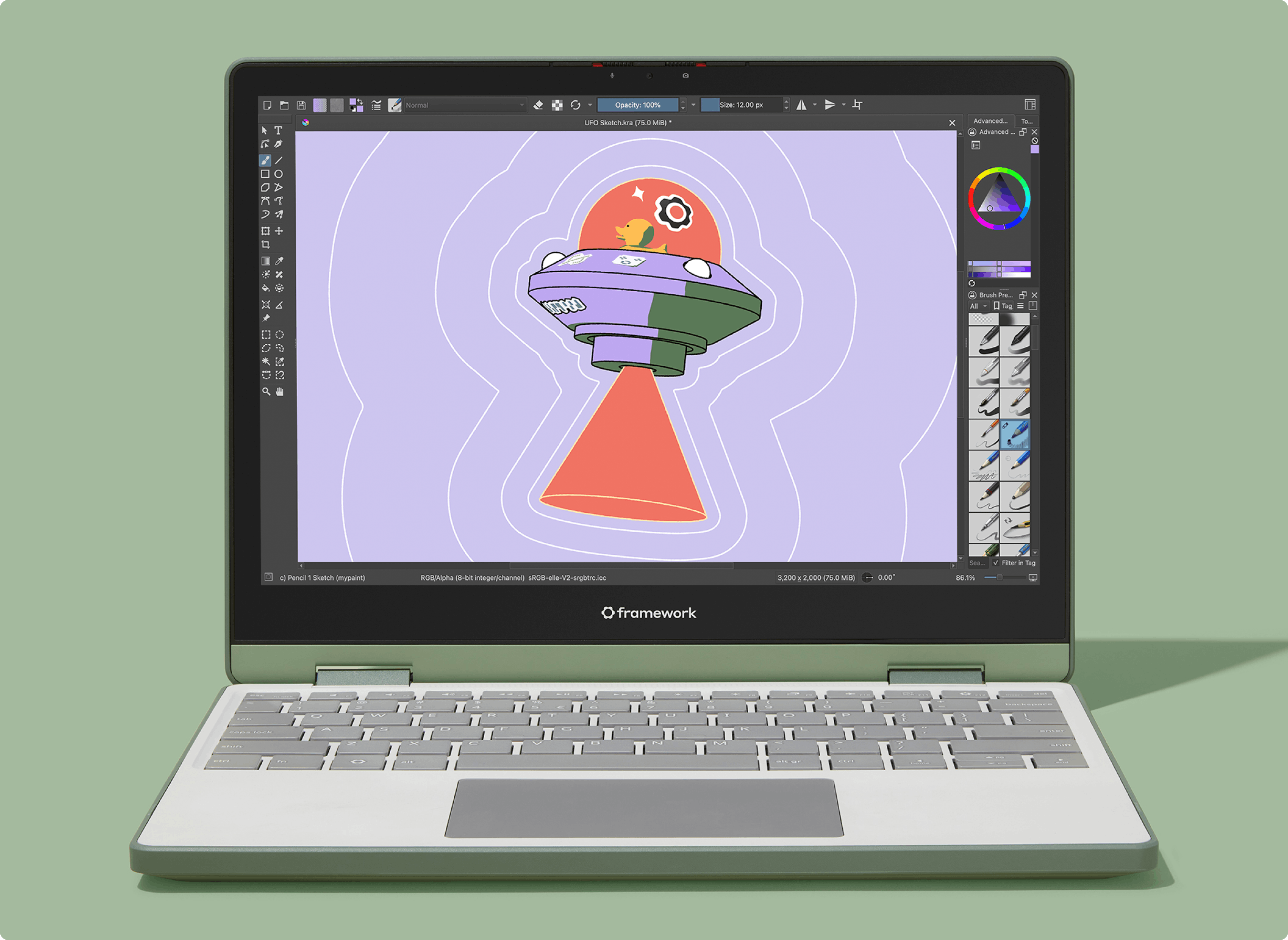A tiny and mighty boot sector OS.
osle-demo.mov
OSle is a real-mode OS that fits in a boot sector.
It's written in x86 assembly and, despite its tiny size (only 510 bytes), it packs essential features like:
- Shell: Run commands and builtins.
- File System: Read, write, and find files on the system.
- Process Management: Cooperatively spawn child processes.
- Userland Software: Comes with pre-built software and an SDK to write your own.
Check out the online demo to see it in action!
OSle includes a tiny Software Development Kit (SDK) that includes definitions and a toolchain to create your own OSle programs.
Follow the step-by-step tutorial to write your first program!
To develop OSle and OSle programs you will need the following tools:
Installation instructionsInstall dependencies using Homebrew:
Install dependencies using your local package manager, e.g., on Debian:
These recipes will compile OSle and use the SDK to compile and bundle all the pre-built programs. Using start will also run bochs right away.
Write the built image to a device using dd:
Warning
The following action can damage your hardware. We take no responsibility for any damage OSle might cause.
Feel free to explore the issues and pull requests to contribute or request features.









 English (US) ·
English (US) ·